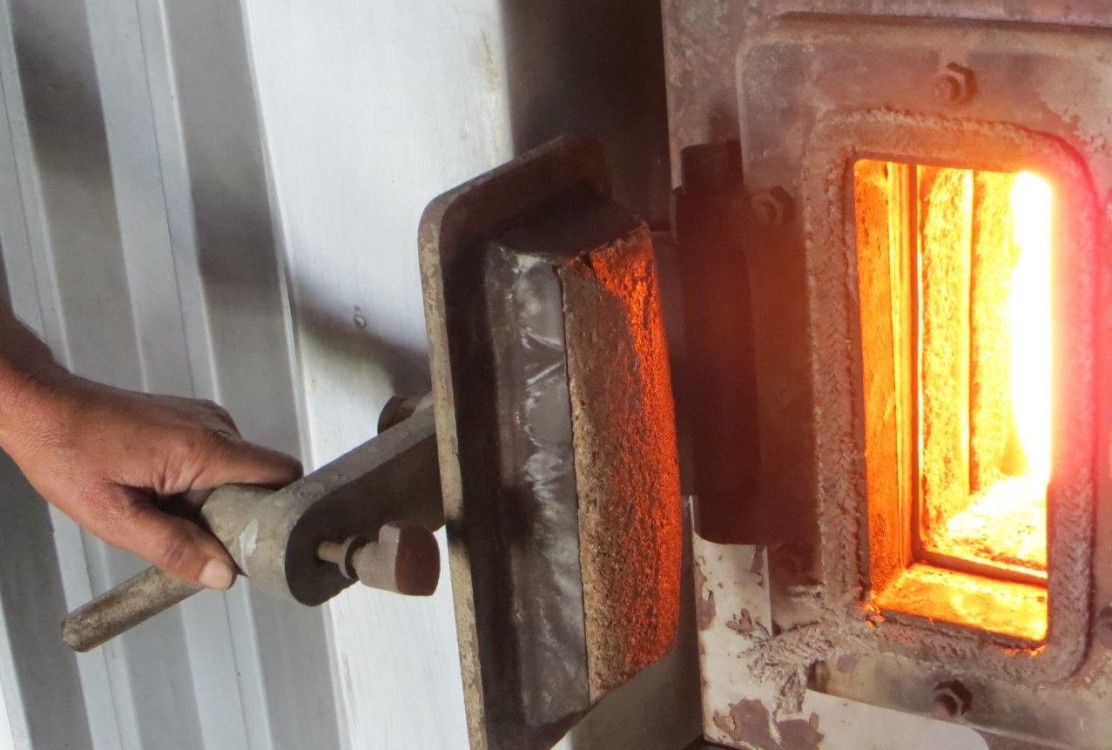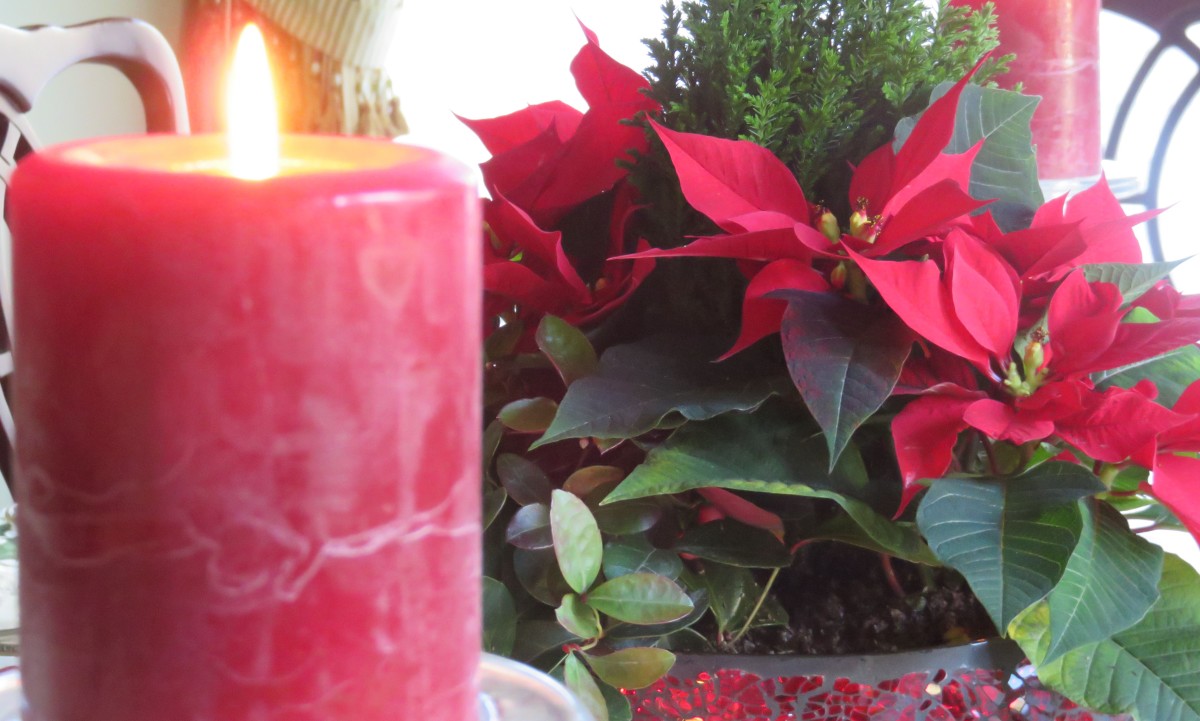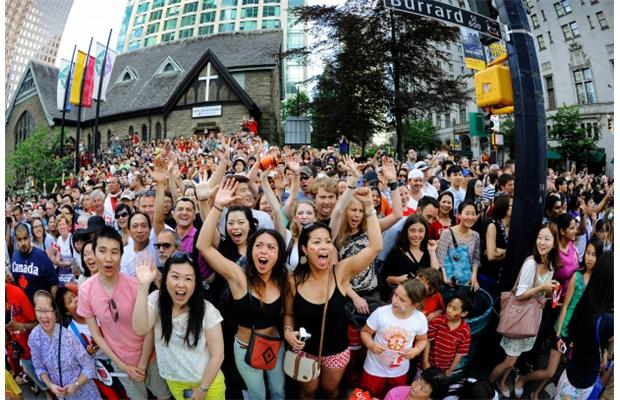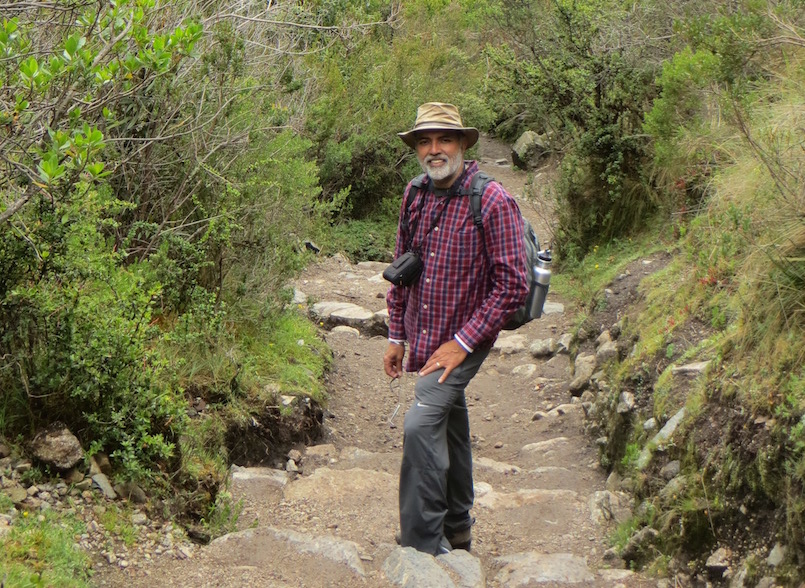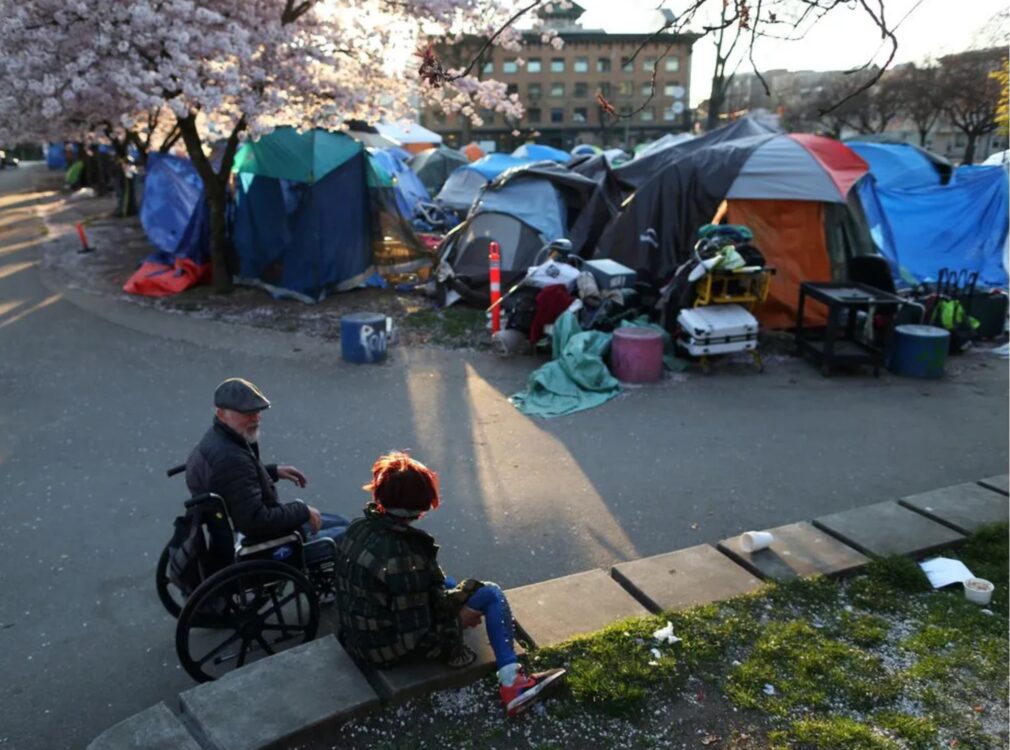
Single coordinator needed to end humanitarian crisis in DTES
Op-ed originally published in The Vancouver Sun on March 19, 2021. Photograph by: Jesse Winter / Reuters
The humanitarian crisis in Vancouver’s Downtown Eastside has been decades in the making. Rooted in Canada’s traumatic colonial legacy, the ongoing effects of poverty and racism combined with the proliferation of drugs and a patchwork of ineffective government policies have abandoned thousands of Downtown Eastside residents and created a social and economic crisis for the City of Vancouver.
A long-term, collaborative, and integrated strategy led by a single oversight body is needed now if we are to put an end to this crisis.
The Downtown Eastside represents two per cent of the geographical area of Vancouver, and with 20,000 people is home to less than three per cent of the city’s population. But 21 per cent of all service calls to the Vancouver Police Department and over 20 per cent of the mental health service calls originate from the neighbourhood.
The life expectancy in the Downtown Eastside is about 65 years, compared to 84.5 years for the general population. Since 2016, the opioid menace has killed roughly 1,600 people in the city, with many of them in the Downtown Eastside. These numbers are not just statistics — each one of these people is a parent, brother, sister, or child. They are members of our families and communities.
These losses represent a history of collective failure through policy and neglect.
To accommodate Expo 86, over 1,000 residents of single-room occupancy hotels were evicted from their homes to accommodate tourists. They were left on their own, scrambling to find shelter.
The closure of Riverview Hospital in 1987 displaced hundreds of people suffering from mental illness and addiction, and the B.C. Liberal government extensively cut service for the most vulnerable and marginalized.
The real estate boom has made housing unaffordable while governments have consistently failed to invest sufficiently in social housing options. Rampant illicit drug supply has fuelled the substance use and increased criminality in the city.
Today, the City of Vancouver is severely challenged by the social and economic impacts of this crisis.
Heavy call loads on police, fire, health, housing, and mental health services providers are becoming major stressors on personnel and resources.
Over $1 million per day is being spent in the Downtown Eastside by various agencies. Thanks to the countless community organizations such as Atria Women’s Resource Society, Wish Drop-in Centre Society, Union Gospel Mission, Downtown East Side Neighbourhood House Society, Vancouver Aboriginal Friendship Centre, Covenant House, and others, many receive desperately needed nutritious meals and safe housing and support services.
The joint Vancouver Coastal Health and Vancouver police mental health outreach Car 87/88 program is also a lifesaver for many. While much is being done, the effort is largely a patchwork of public and not-for-profit attempts to provide short-term, reactive relief.
This crisis will not be resolved through such an approach. We need a collaborative, long-term solution now.
Two reports have recommended such a strategy. The 2009 Vancouver police report “Project Lockstep: A United Effort to Save Lives in the Downtown Eastside” called for a director to be established who would coordinate and collaborate with all agencies working in the neighbourhood.
In 2014, the Mayor’s Task Force on Mental Health and Addiction concluded that a collective impact initiative be developed for all the service providers.
Again in 2017, the newly appointed B.C. minister of mental health and addictions, Judy Darcy, was encouraged to increase collaboration and administrative oversight.
To date there has been little action. Why?
Poverty, mental health needs, addiction and homelessness are not going away. They need a long-term integrated service delivery model with a single oversight body.
The provincial government and Vancouver city council should create such an oversight body to lead multi-sectoral and multi-agency partnerships. Comprehensive wrap-around services must be more effective through efficient investment of taxpayers’ money and deliver more compassionate care.
Let us be pragmatic and bridge our ideological, political, gender, class, and racial divides to create long-term innovative pathways for ending this humanitarian crisis and finding sustainable solutions for lasting transformation.
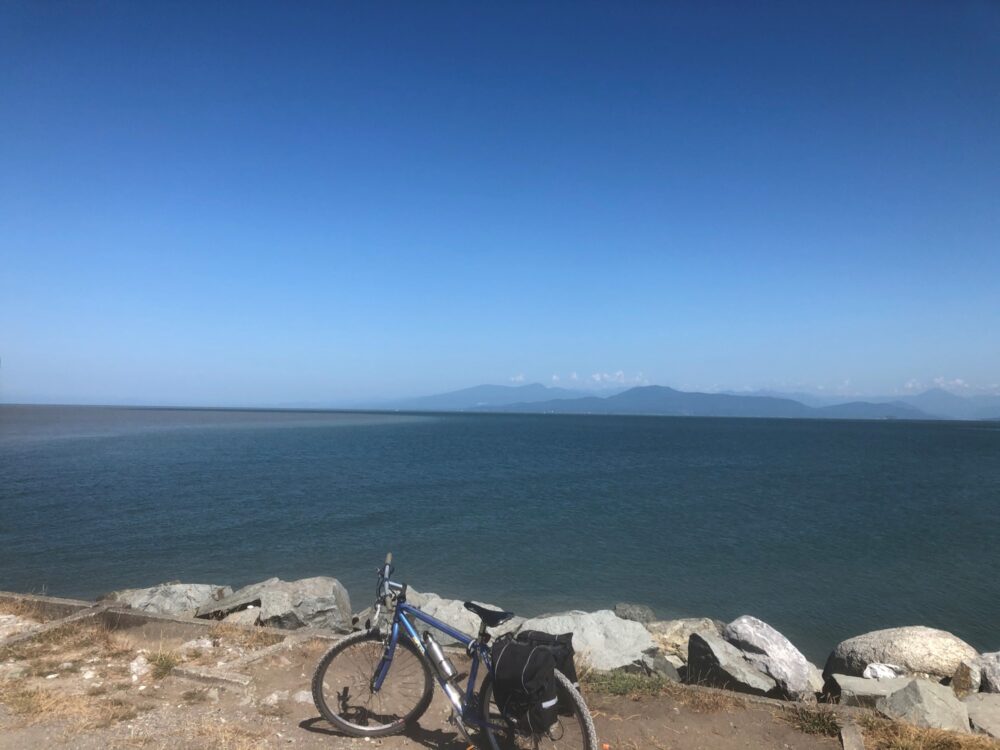
2021 – A Year of Abundance
2020 has been an extraordinary year of uncertainty, challenge and change for everyone. Since March Covid-19 has taken some of our loved ones and our livelihoods. We have been forced into isolation and a growing loneliness. We wonder when will things return to ‘normal’.
Our daily lives have changed. We will not return to a pre-pandemic ‘normal’.
Human creativity has no bounds. We can take on challenges, survive and thrive even in difficult circumstances. In short order amazing new ideas and technologies have emerged to defend against this invisible virus. We are now able to stay socially connected while physically distanced.
The pandemic has jolted us from a deep slumber. Sudden tragic deaths of too many of our elders have highlighted the need for company and human touch. Many of us are awakening to new possibilities and opportunities to deepen our relationships with family and friends.
I am humbled and inspired by simple text messages, short emails, and telephone calls from colleagues, friends, and family including acquaintances. Such expressions of kindness and generosity are heartwarming and priceless.
Despite the dark clouds of Covid-19 life’s beauty is blossoming. People are dancing into relationships, babies are being born, and business start-ups are sprouting across the land.
Brighter days are here. Nothing is lacking. There is abundance in the universe.
The famous American poet Anne Sexton wrote:
Then the well spoke to me.
It said: Abundance is scooped from abundance.
Yet abundance remains.
Let us reach deep into the well of life! Happy 2021.
Tackling Surrey Crime
Op-ed originally published in The Vancouver Sun on July 6, 2018 and in The South Asian Post on July 3, 2018.
Surrey has Canada’s third-worst crime problem after Grande Prairie and Red Deer, according to Statistics Canada. The Combined Forces Special Enforcement Unit says there are over 180 established criminal gangs in B.C. The RCMP’s 2015 annual report on organized crime ranked the Indo-Canadian groups third after bikers and Asian gangs for their strength and sophistication in B.C.’s hierarchy of criminal organizations.
Why is Surrey now the epicentre of gang activity and gun violence? Is it due to inadequate policing and community outreach programs for at-risk youth? Is glorification of a gangster lifestyle in certain demographic groups a factor? Are the gaming, music and movie industries a contributing factor by creating a fascination amongst youth with the gang life? Are high housing costs and poverty possible causes? Or is it Surrey’s geographic location and size coupled with a young, growing and diverse population making the drug trade more bankable for gangs?
Answers to such questions can aid in determining a new community based long term multi-pronged action plan to combat this complex and troubling issue.
The presence of well-established and powerful gangs like Hells Angels, Red Scorpions and the United Nations Gang, along with new low-level dealers from different socio-economic backgrounds, has become a huge public safety challenge as rival gangs fight over turf. Surrey may simply be the current battleground. Retaliation-driven violence often kills targeted younger members and, sadly, innocent people.
Surrey residents are fearful, angry, and frustrated. Thousands grieved together at the recent Wake Up, Surrey rally after the murder of two teenagers. They are calling on politicians and law-enforcement agencies to fix the problem, including demands for more police officers.
Surrey has one officer per 675 residents. Vancouver has one per 505 people; there is one Delta cop per 593 people while Abbotsford has one officer per 655 people. Based on this simple comparison, Surrey could use another 250 police officers immediately and 18 to 20 more per year with the projected annual population growth.
But police strength is only one part of a complex system of resources, deployment, strategies and tactics.
Community rallies are cathartic and help to comfort and unite the residents but rallies and more officers will not address the underlying causes. We need to ask why the drug business so lucrative in B.C.
Gurdwaras, churches, temples, mosques and other community organizations share the responsibility of keeping youth out of gangs. Police departments run excellent crime prevention, youth sports and outreach programs. But more innovative approaches to support families and youth are needed. Prevention and intervention will help keep youth out of gangs while the criminal justice system continues to disrupt gang networks.
It is interesting to note that even with the current wave of murders in Surrey, the homicide rate for Metro Vancouver is at a 20-year low at 1.88 murders per 100,000 people. Violent-crime rates are also at historic lows. Of the over 250 unsolved murders in the region, more than two-thirds are gang and drug related which are inherently difficult to solve quickly. The overall youth crime rate and its severity have declined in the past decade, while violent crimes committed by young people have increased in severity.
On balance, our police seem to be doing an effective job in keeping us safe. Can they do more? Yes. But so can we as a community!
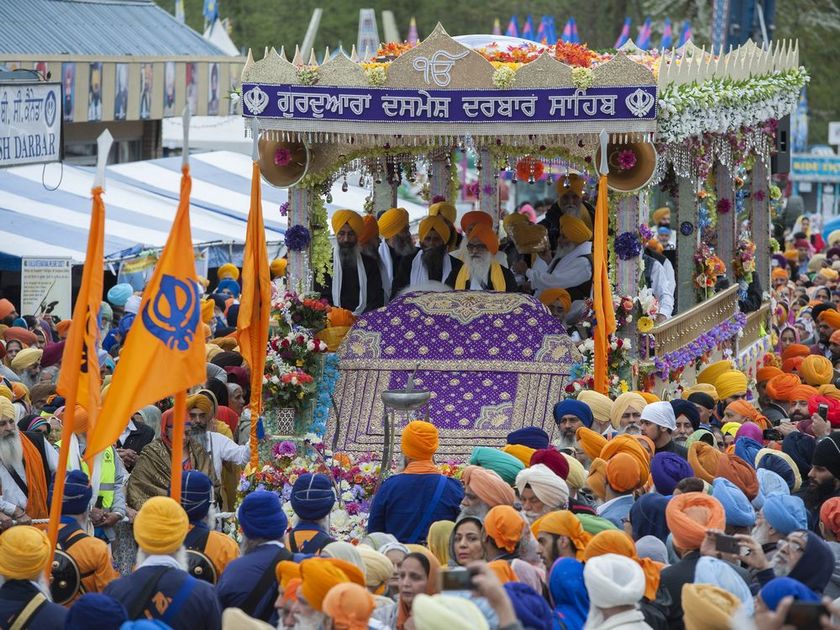
It’s time to celebrate Vaisakhi
Op-ed originally published in The Vancouver Sun on April 12, 2018. Photograph by: Jason Payne
Dust is slowly settling on Prime Minister Justin Trudeau’s turbulent trip to India and the diplomatic fallout from convicted terrorist Jaspal Atwal’s presence in India with the Trudeaus. Federal NDP leader Jagmeet Singh has finally condemned use of political violence and “all acts of terrorism in every part of the world”.
But Canadians are left with the impression of widespread Sikh support in Canada for an independent Sikh homeland carved out of India. A very small Sikh group known as “Khalistanis” use Canadian politicians and institutions to further this goal. Meanwhile, India accuses our politicians of giving tacit approval to this cadre with its tentacles into Canada’s political parties, particularly the federal Liberal party. Jagmeet Singh’s stated objective to pass a motion in parliament declaring the 1984 anti-Sikh violence in India a “genocide” is casting a dark cloud over Canada-India relations and risks fracturing the Indo-Canadian community.
With the upcoming Vaisakhi parades in Vancouver, Surrey and Toronto, Canadians might be wondering about the real intent behind the parades. Which politicians will be courting temple leaders and factions within the vote-rich Punjabi Sikh community? Undoubtedly, many politicians may be reluctant to attend the parades for fear of being photographed with questionable individuals who display admiration for the Air India bomber Talwinder Singh Parmar and others who inspired the violent struggle for Khalistan.
Let’s clear the air for an open dialogue: Sikhs are not terrorists. The majority of them do not want a separate homeland.
Five centuries ago, Guru Nanak, founder of Sikhism, spoke against tyranny and oppression. Courageously, he described the politics of his time “as like drawn knives, kings like butchers. Righteousness has fled on wings. The dark night of falsehood prevails, and the moon of truth is nowhere visible.” All of the 10 Sikh gurus were subversive and social entrepreneurs. They championed the ideas of one God, diversity and inclusion. They called upon all to live truthful lives marked by honest work and sharing with others in need.
“Langar” (a communal kitchen and common meal) was introduced by Guru Nanak to break down caste, creed, colour and social status barriers, and to unite people as equals. Hungry people today eat in Sikh temples from Amritsar to Abbotsford, Birmingham to Brampton, and New Delhi to New York. Sikh belief in the oneness of God and the oneness of humanity threatens power structures, whether built upon the caste system in India or on ethnic, language, race and religious superiority elsewhere.
It is important for Canadians to understand the meaning of Vaisakhi. It is a centuries-old harvest festival celebrated yearly in April bringing diverse people together. Vaisakhi became significant for the Sikhs in 1699 when the tenth guru, Gobind Singh (1666-1708), baptized five men and was himself baptized by them creating the “Khalsa” (community of the pure). The five outward symbols of the Khalsa identity represent inner strength and commitment to truthful living.
Vancouver and Surrey Vaisakhi processions are amongst the largest and most colourful in the world. All Canadians are welcome to join and enjoy Langar (free food) along the parade routes. Like Thanksgiving Day, Vaisakhi includes charity, praying for prosperity for all, and gratitude for the harvest. Sikhs wish to celebrate Vaisakhi by focusing more on the core values of inclusion, equality, community service, and harmony, and less on the political agendas of the politicians and narrow-minded groups within the Sikh community.
We may never know to what degree Trudeau’s trip has affected Canada-India relations. But we do know Sikhs are an integral part of India as they are of Canada. Canadian politicians should continue to participate in Vaisakhi celebrations, affirm the territorial unity of India, and denounce promotion of all political violence by anyone. They should also avoid the cultural appropriation of the Sikh turban, as it is not a fashion accessory or part of a costume. It is a sacred expression of faith and identity.
Happy Vaisakhi, Canada!

Are we successful in Canada?
Originally published in The South Asian Post on February 28, 2016.
We are as Canadian as anyone else.
As we celebrate Canada’s 150th birthday this year, let us consider the role of Indo-Canadians in building one of the leading democracies in the world. From the blueberry and strawberry farms in British Columbia’s fertile Fraser Valley to the Centre Block of Parliament in Ottawa, and from small town lumber mills to the large corporate headquarters in Toronto, Indo-Canadians occupy positions across all layers of the workforce, including posts of leadership and influence.
Pablo Picasso, one of the most influential artists of the 20th century, once said that “Action is the foundational key to all success.” Immigration from South Asia to Canada started with a small group of adventurous pioneers over a century ago. They passed on their resolve to build a better life to subsequent generations who have been striving with unflinching determination to advance socially and economically.
That resolve however was not forged without adversity. We withstood the discriminatory immigration laws of the early 1900s that deterred family reunification and curtailed further immigration until the 1950’s. We challenged the notorious Continuous Passage Act which culminated with the infamous incident of the Komagata Maru in 1914. For nearly fifty long years we vigorously fought the illegal denial of our right to vote. Until 1947, we were barred from the professions of law, engineering and medicine, and prevented from owning property in certain parts of the country. Having overcome these barriers and obstacles we have become an integral and dynamic part of the great Canadian mosaic enriching the social, economic and political landscape of Canada.
Today Indo-Canadians account for nearly twenty per cent of all legal professionals in the country, including occupying posts as lawmakers, judges, and senior police officers. In British Columbia, South Asian builders are driving segment of the construction industry. The same can be said of our activity in the trucking and logistics industries.
In British Columbia Indo-Canadians grow over eighty percent of the berries and sixty percent of fruits. From a village boy who became a premier to the many who are serving as municipal counsellors, provincial legislators and federal cabinet ministers, we are shaping Canada’s politics, policies and programs affecting the daily lives of all Canadians.
Among us are Olympians, hockey and football players, comedians and entertainers, authors and journalists, broadcasters and film makers, and movie stars and fashion models. In the world of finance and corporate board rooms we are in prominent executive roles. From Chief Executive Officers of Canada Post and TD Bank, Indo-Canadians are leading the massive technological innovation taking place in the delivery of services.
Diwali, Vaisakhi and Eid are celebrated across Canada as are Christmas and Hanukah. Hockey Night in Canada is broadcast in Punjabi and today the President of Canada’s most iconic brand Tim Hortons is a son of Indian immigrants.
Are we successful? Absolutely!
Is Canada thriving? Without a doubt!


